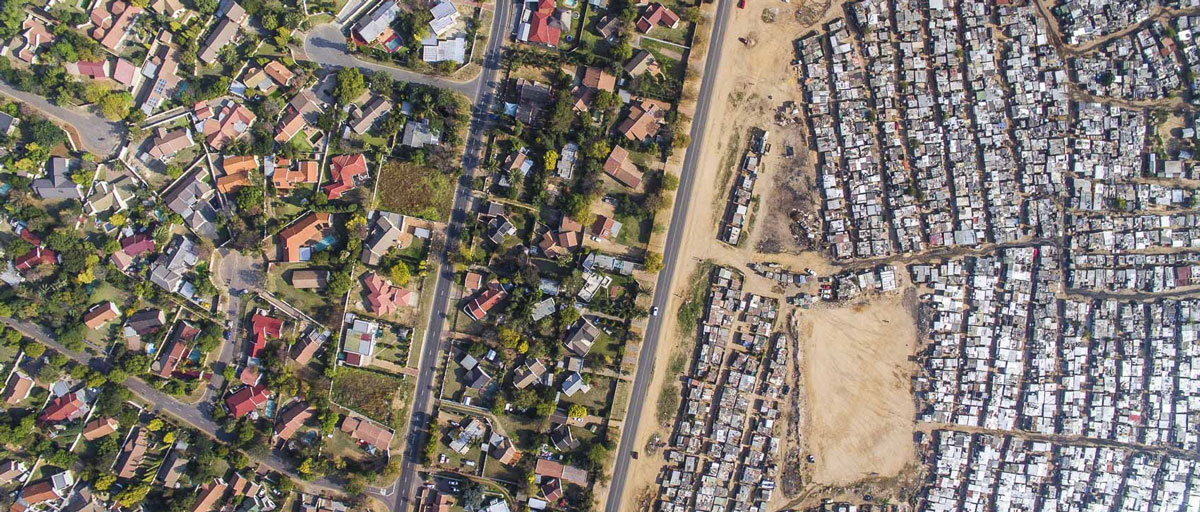Green Apartheid: Urban green infrastructure remains unequally distributed across income and race geographies in South Africa
Summary
Urban green infrastructureprovides ecosystem services that are essential to human wellbeing. A dearth of national-scale assessments in the Global South has precluded the ability toexplore how political regimes, such as the forced racial segregation in SouthAfrica during and after Apartheid, have influenced the extent of and access togreen infrastructure over time.
We investigate whether there are disparities ingreen infrastructure distributions across race and income geographies in urbanSouth Africa. Using open-source satellite imagery and geographic information,along with national census statistics, we find that public and private greeninfrastructure is more abundant, accessible, greener and more treed inhigh-income relative to low-income areas, and in areas where previouslyadvantaged racial groups (i.e. White citizens) reside.







